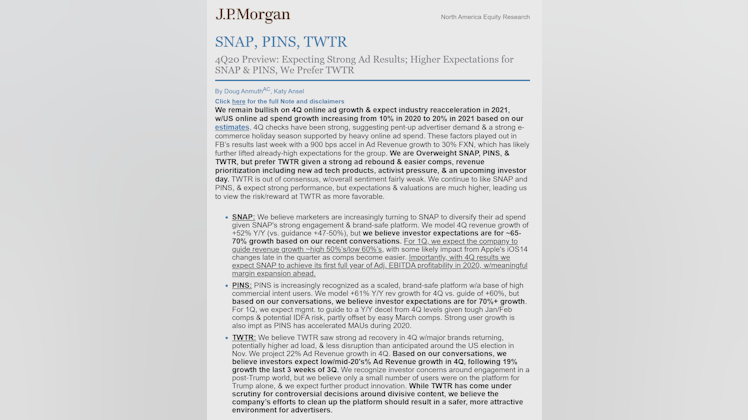This was a short, interesting
read on how
$SFIX buys clothes. Key part:
But some are not convinced that a reliance on data is reassurance. A New-York-City-based designer who manufactures clothes for one of Stitch Fix’s private labels, speaking on condition of anonymity, said that the current over-reliance on data, both from Stitch Fix and other retail partners, puts a damper on creativity and leads to less retention.
“I think the idea of a curated box is really interesting at first,” she said. “But I know people who love it the first two or three boxes, but then it wasn’t so great anymore. You get the same stuff in the box over and over. Lame, common-denominator stuff. I don’t know how you keep that interesting. Data doesn’t make magic.”
The designer said she is one of many who does private-label business with Stitch Fix, manufacturing products in collaboration with Stitch Fix which are then sold under the name of one of Stitch Fix’s exclusive brands. While she said everyone at Stitch Fix is lovely to work with, she lamented the fact that the design process is almost entirely driven by numbers, to a fault. She said most products she produces for Stitch Fix are generic versions of the things in her own line, but simplified and toned down to fit whatever trend or data point Stitch Fix is chasing.
“It’s honestly very generic, very basic,” the designer said. “That’s what too much data does. It makes everything look the same, everything the same color and same style, the easiest fit. Everything ends up homogenized. Part of the magic of fashion is walking into a store and something catches your eye that you never would have thought you wanted. You can’t get that if everything is picked for you by an algorithm based on what you already like.”
They focus on styles they know they can sell and ones that have a higher likelihood of fit (fewer returns), and mass produced, generic products theoretically have lower costs. This could be interpreted as either good or bad depending on how you view it. I think this is a good thing for their model and the customers they're going after. What does everyone else think?

